Varieties of Siberian irises: names and descriptions

The varieties of Siberian irises are undoubtedly worthy of attention. They are distinguished by a variety of shades and unpretentious content. They look more effective in group plantings and are in perfect harmony with the plant compositions of the summer cottage.

Features of culture
The main botanical description of Siberian iris is perennial herb with linear green leaves and blue-violet flowers. Belongs to the group beardless irises. Reaches a height of 65-115 cm.The length of the leaves is 45-85 cm, and the width is 4-5 cm.The flowers are elongated with a yellow or milky center, 4-7 cm in diameter.
Modern Siberian irises are the result of natural selection of this species, and are also represented by their hybrids. The ancestors of hybrid varieties include:
- Siberian iris;
- iris blood red;
- iris rogozolistny.
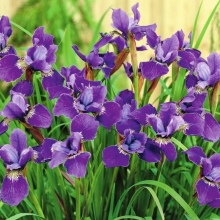
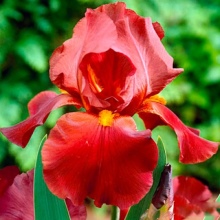
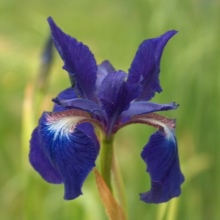
Varietal irises have a common structure with their ancestors, but can differ significantly in height. Among them you can find specimens of gigantic and dwarf growth. Flower shades are very diverse.
Suitable for growing in temperate latitudes and northern regions, as they have good winter hardiness and tolerate frosts without problems.

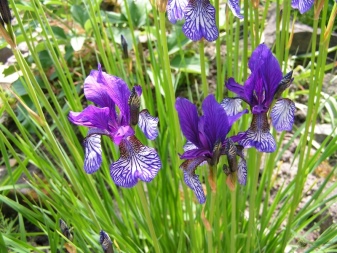
Color spectrum
Siberian irises have become popular for their decorative appearance and wide range of colors. The buds look slightly darker than the opened inflorescences. The petals are yellow, white, light blue, blue, purple, purple. And also orange, red and brownish shades can be intertwined in them. There are usually light-colored streaks at the base of the lower petals.
Depending on the amount of sunlight, flowers may look different in the morning, afternoon and evening.
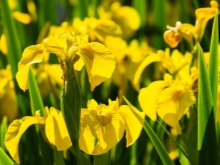
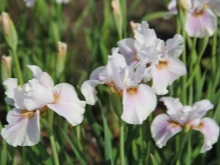
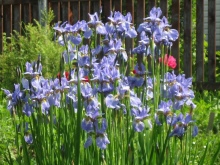
Varietal variety
Many gardeners dream of acquiring elegant and luxurious types of irises. In catalogs or packages, their names are marked in Latin with transliteration in Russian. Siberian varieties are named Iris sibirica.
Several representatives of this plant are rightfully considered beautiful.
- Bundle of Joy. A beautiful perennial with lush double flowers of pink-purple color. One plant produces up to 7-9 flowers closely adjacent to each other. It pleases with flowering for a long period, from April to September. Plant height does not exceed 60 cm.
For landing, it is desirable not an open place, but partial shade.
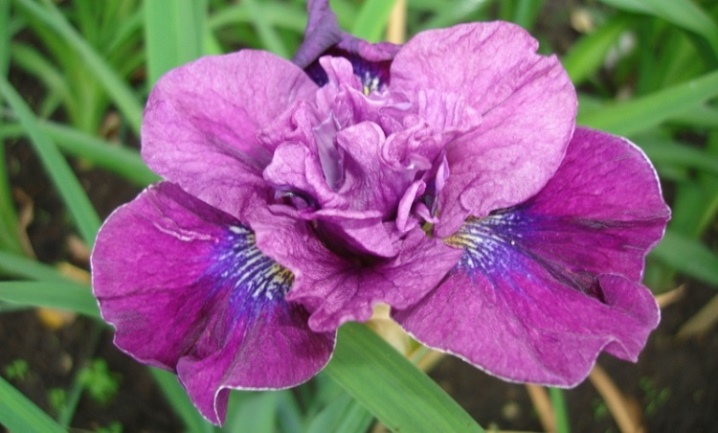
- Blue King... The herbaceous bush reaches a height of 60 cm. The flowers are dark blue, the middle base is light blue. Blooms in June. Undemanding to the soil, needs moderate watering.
Preferred for planting in sun beds or in partial shade.
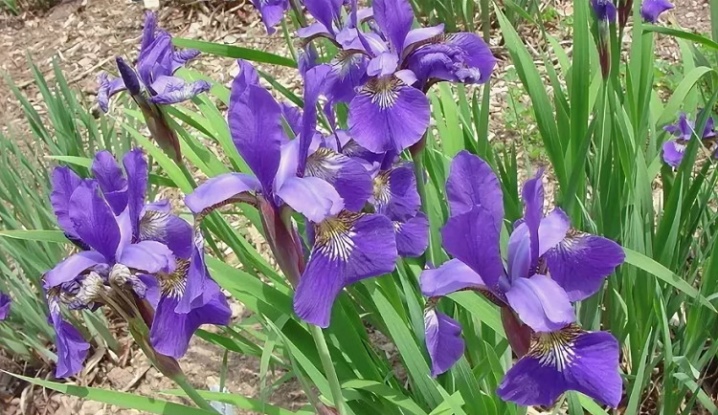
- Butter and Sugar. Light-loving bush, reaches a height of 80 cm. 4-6 white flowers with yellow-green veins are formed on the peduncle. The flowering period is June-July.
Grows best on loamy soils.
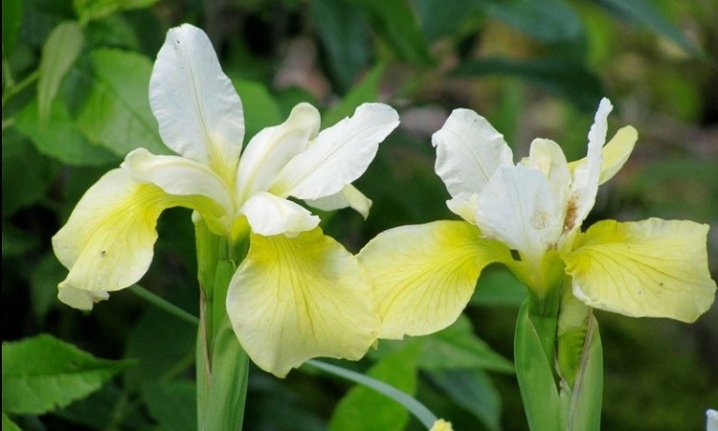
- Double Standard. A tall, powerful variety, can grow up to 130 cm. The flowers are large, 14 cm in diameter, yellow-violet in color. The shrubs captivate with their splendor from June to July.
It is undemanding to soils, but if planted in a dry place, then during the flowering period it needs abundant watering.
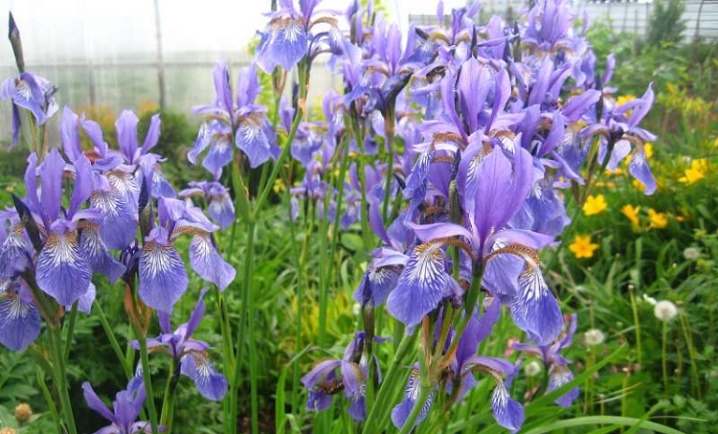
- How Audacious... Reaches a height of 70 cm, the foliage is bright green, the flowers are bright purple with a yellow base. Needs planting in wet areas.
Long flowering time - from June to September.
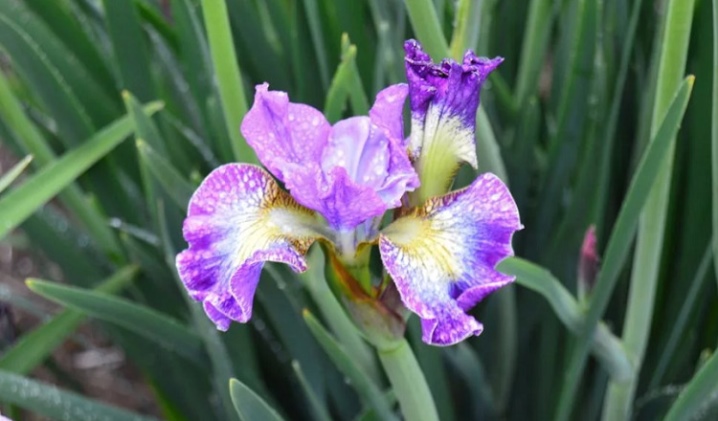
- Hubbard ("Hubbard"). Wet, slightly acidic soils and sunny or slightly shaded areas are suitable for perennials. An adult plant reaches a height of 70-80 cm. It pleases with flowering in June. The petals are purple-violet, yellow at the base, and white veins are noticeable in the middle.

- I see Stars. A light-loving plant, it grows up to 75 cm. Flowers are cornflower blue, with white venation in the center. Blooms in June-July.
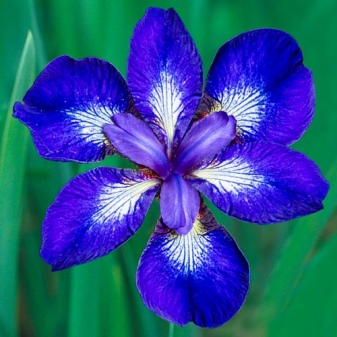
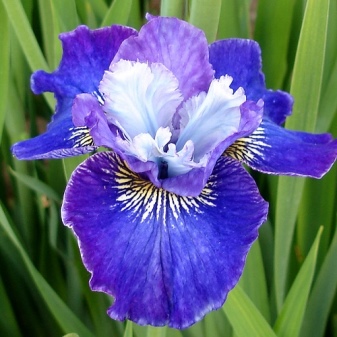
- Imperial Opal ("Imperial opal"). An exquisite and unpretentious perennial that can easily grow without transplanting in one place for 20 years. Flowering occurs in June-July and fascinates the eyes. Terry flowers, up to 12 cm in diameter, have a delicate pink-lavender shade.
Landing in a sunny area is recommended.
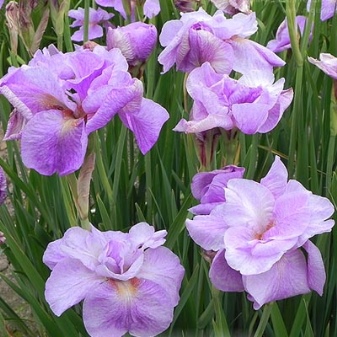
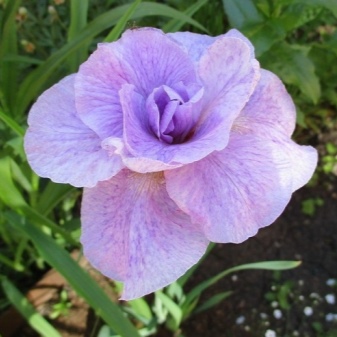
- Kabluey... A gorgeous and lush flower will decorate any corner of the garden. The plant grows 60 cm, the foliage is very dense, has a dark green tint. Inflorescences are large, saturated blue-violet color, the middle is white or orange. Blooms for about a month, from mid-May to mid-June. Undemanding in leaving.

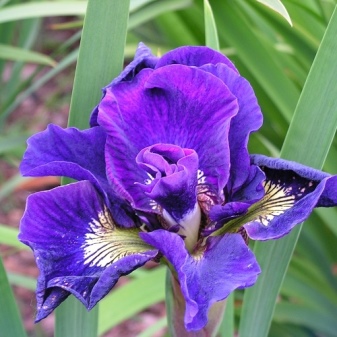
- Kaboom ("Kaboom"). Prefers well-lit places where there is no wind. The stems are 75-80 cm long. The petals are corrugated, blue-violet interspersed with a raspberry hue. The flowers are large, with a circumference of 14-15 cm. It blooms in June.
Loves moist soil near water bodies.
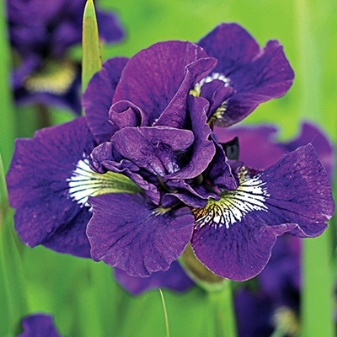
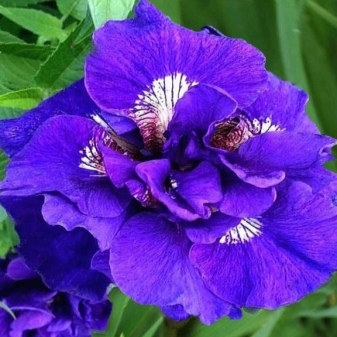
- Kita-No-Seiza ("Kita-no-seiza"). A profusely flowering light-loving bush up to 80 cm high. Delicate buds in May turn into large double flowers with a yellow lilac or blue center. The diameter of the inflorescences is 12 cm. It blooms in early July.
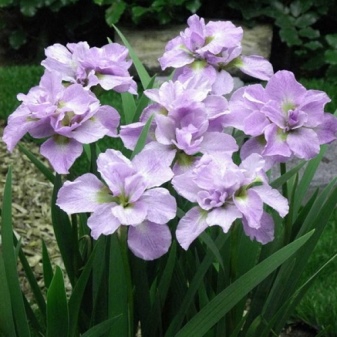
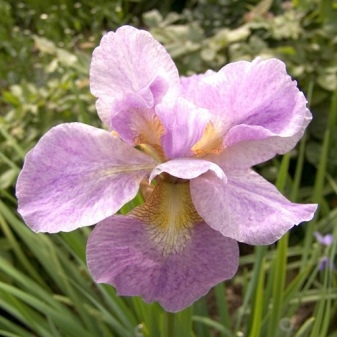
- Kiss the girl... This species loves moist fertile soils, is picky about the sun and prefers a windless space. It can grow up to 70-80 cm. It blooms in late May and early July. Flowers are honey-yellow.
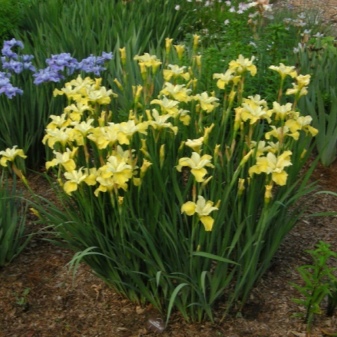
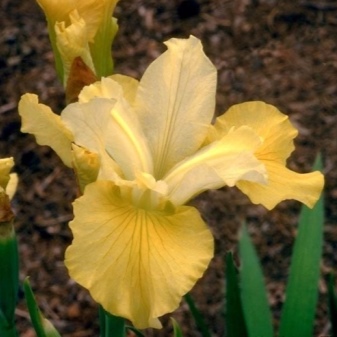
- Concord Crush A powerful plant with numerous leaves up to 80-100 cm high. The flowers are large in size, the diameter of which is 15 cm. Their shades can be lilac, blue and blue. Flowering occurs in May and June.
The plant prefers moist soil.
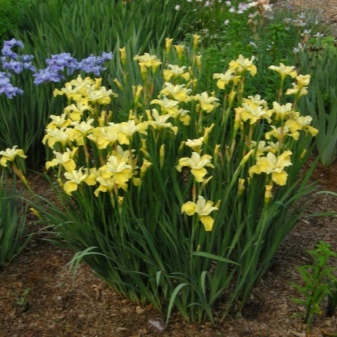
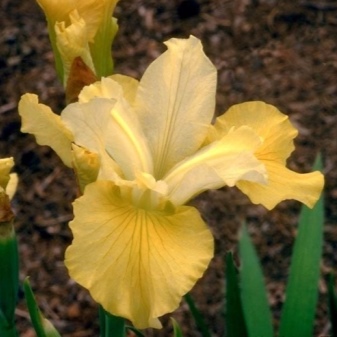
- Lemon Veil ("Lemon Veil"). Strong herbaceous shrub with white or cream flowers. The upper petals have yellow streaks. Blooms profusely in June and July. Usually it grows up to 85 cm. Feels good in the sun and in partial shade.
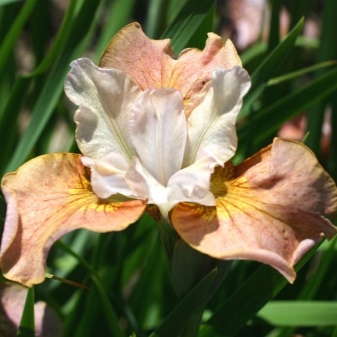
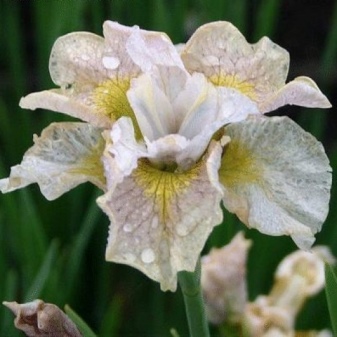
- Miss Apple ("Miss Apple"). The only of all Siberian varieties that has a red tone, yellow blotches are present at the base of the lower petals. Blooms in June. The length of the stems is 85-100 cm. Demanding for watering, but without waterlogging.
Looks more effective in a group planting.
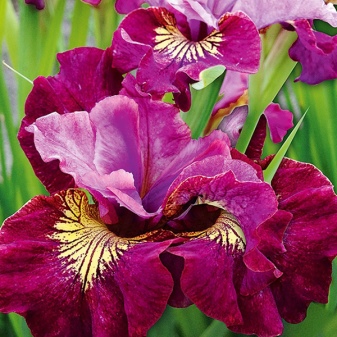
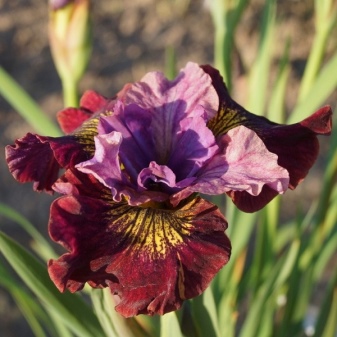
- Moon Silk. Grows well in open areas and all types of soil. It grows to 70-75 cm. The flowering period is June. The lower petals are golden yellow, and the upper ones are white. It goes well with other light-loving plants.
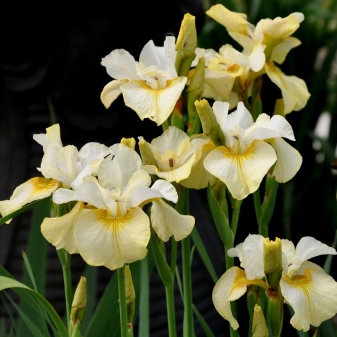
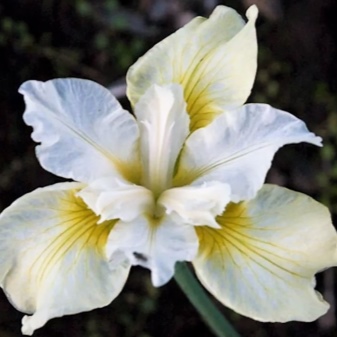
- Pink Parfait. A refined plant. The flowers are large, with a circumference of 15 cm, slightly twisted, velvety, resembling a rose. The buds are lilac-pink, and when opened at the base, petals of a pale yellow hue are noticeable. Blooms in June. A sweet aroma is felt. The height of the bush is 85-95 cm.
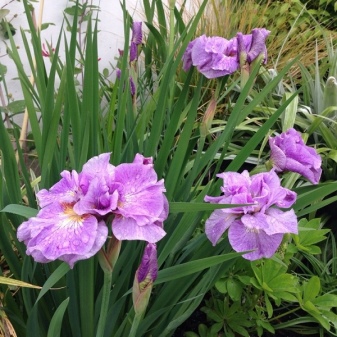
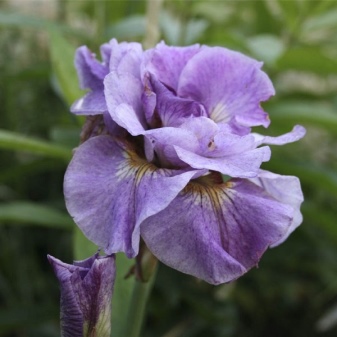
- Ruffled Velvet Low bush. It grows up to 50 cm. The leaves are pointed, retain their decorative effect until the end of the growing season. The buds bloom in May with dark blue flowers with yellow-brown veins.
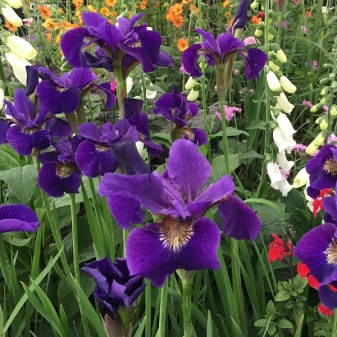

- Ruffles Plus. A very unassuming perennial garden. It takes root in any soil. I like frequent, but not abundant watering, without waterlogging the soil. For the formation of a larger number of inflorescences, it is better to plant in sunny places of the site. Not prone to disease. The length of the stem is 60-80 cm. The flowers are dark purple, the base is yellow on the lower petals. The flowering period is June-July.
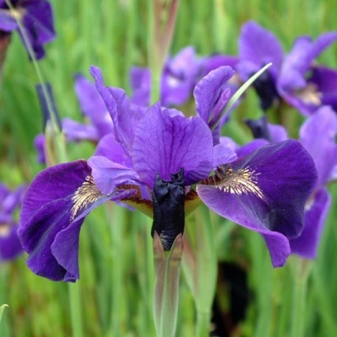

How to choose?
You can buy Siberian irises on the market, in flower shops, or place an order through an online store. The first two options are preferable to personally verify their presentation. These varieties are sold as cut rhizomes. When purchasing, it is important to pay attention to the state of the sold copies:
- there are no traces of rot on the cut;
- the roots must be firm and moist;
- at least one sprout is present.
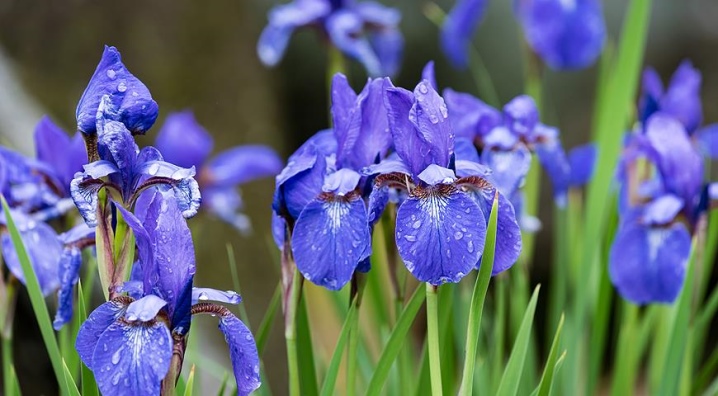
If the purchase is carried out well before the onset of the summer season (February-March), then planting material is best kept in a cellar or refrigerator. It is undesirable to plant in containers. The rhizome should be inspected from time to time and moistened with water to prevent drying out. It is better to plant in open ground in spring.
Autumn planting is also permissible, but then preliminary planting in a greenhouse is desirable so that the plant grows stronger. And in the spring, dig it up and transplant it to a permanent place.
It is worth remembering that the first year is very difficult for the plant, as the root system is weak.
With the right choice of planting site and easy care, Siberian irises will delight gardeners for a long time with their charm and grace.

You can find out about the growing conditions of Siberian irises by watching the video below.







































































































The comment was sent successfully.